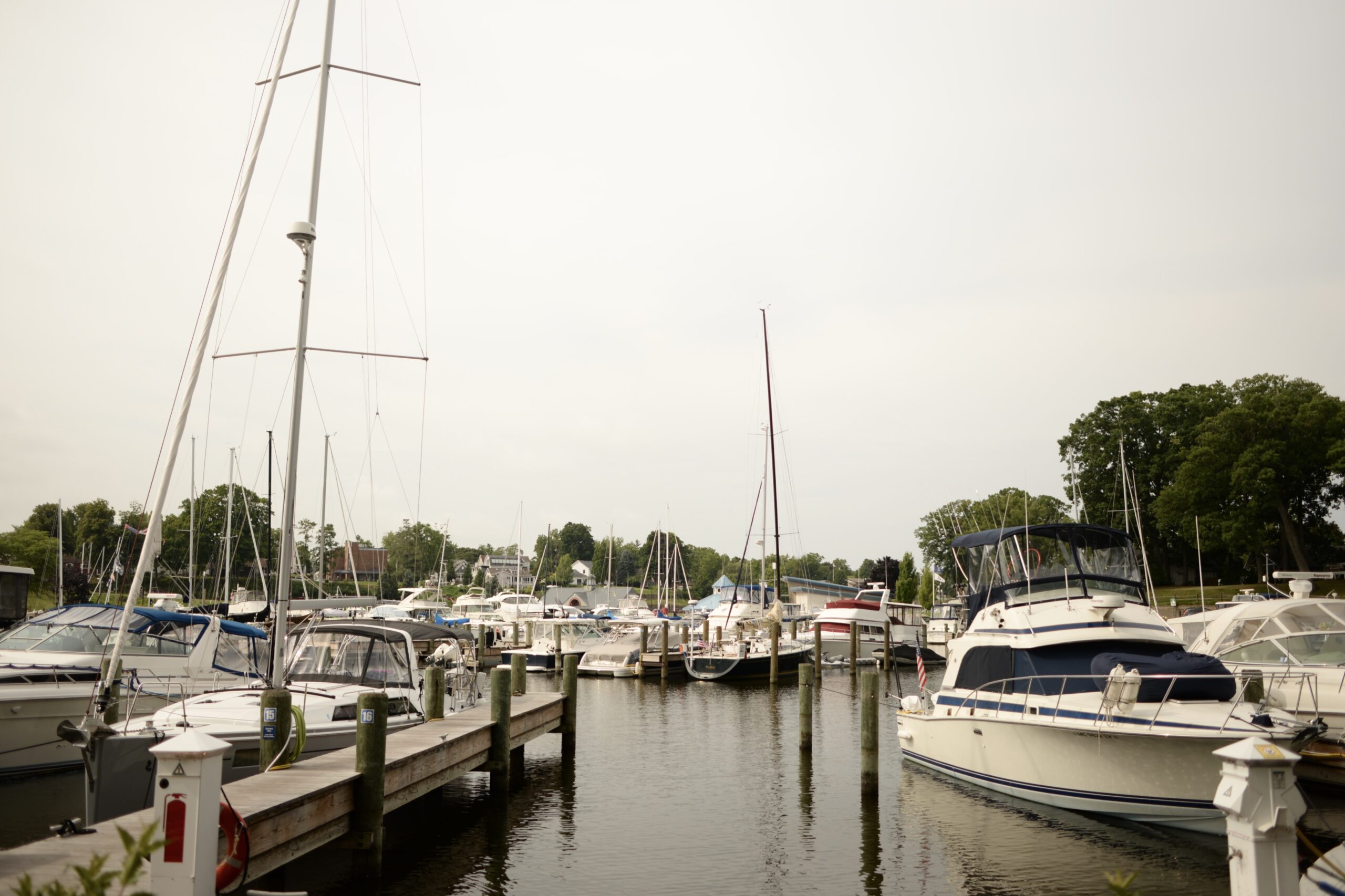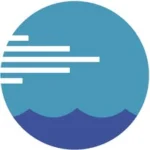GLOS NEWS
Buoys of Summer – University of Wisconsin – Milwaukee School of Freshwater Sciences
The University of Wisconsin-Milwaukee School of Freshwater Sciences is home to certified freshwater superstars. And their buoy program? May simply...
2025 Annual Meeting
We at the Great Lakes Observing System invite you to join us at our Annual Meeting and evening reception on Wednesday, July...
Announcing a new way to Support Seagull
Seagull is free to use - but it’s not free to build and grow. We need your help to keep...
SGLi Partner Project Updates
Smart Great Lakes projects continue to progress across the region. Below you will find a few highlighted projects submitted by...
Great Lakes Photo Contest
We want to share YOUR Great Lakes observations! As we enter summer, warm weather, and lake days, we would love...
Potential Impacts to Great Lakes Water Data and Safety
Reason for concern We want to let our community know about some concerning news regarding NOAA, the Integrated Ocean Observing...
Webinar – Community Ice Thickness Data Collection
Community Ice Thickness Data Collection starting at GLOSGLOS is starting a community ice thickness data collection project to help regional...
CLOSED | Job Posting – Grants Management Specialist
The Great Lakes Observing System (GLOS) is hiring a Grants Management Specialist as a Part-Time Contractor. GLOS provides real-time and...
Ice Thickness Data Workshop – Green Bay
Winter is quickly approaching and GLOS is kicking off a new project to help improve regional ice predictive models. Currently,...
Buoys of Summer – University of Wisconsin – Milwaukee School of Freshwater Sciences
The University of Wisconsin-Milwaukee School of Freshwater Sciences is home to certified freshwater superstars. And their buoy program? May simply...
Great Lakes Photo Contest
We want to share YOUR Great Lakes observations! As we enter summer, warm weather, and lake days, we would love...
Catching Up with Russ Green at the Wisconsin Shipwreck Coast National Marine Sanctuary
One of the sanctuary spotter buoys deployed off Two Rivers, Wisconsin. Credit NOAA/WSCNMS By Katie Rousseau, Smart Great Lakes Liaison...
Monitoring data from two research reserves is now live on Seagull, with a buoy on the way
Sampling Old Woman Creek using a sonde, which contains several water quality sensors. Photo by Jade Bolinger. It started with...
ARCHIVED | May 8, 2023 | GLOS Annual Meeting + Seagull Workshop
Join us for the Great Lakes Observing System Annual Meeting and the Seagull Workshop! 📅 May 8 📍 Toronto, Ontario...
New light and temperature sensor arrays yield first year of data, soon available on Seagull
Published first in the GLOS newsletter Tim Johnson is a food web guy, but he’s also a lake monitoring guy....
Learn more about the HAB Observing Network project
Researchers work on an AUTOHOLO device, which uses holographic technology to image and detect harmful algal blooms. Photo by Aditya...
Low-cost, open-source Panther buoys are now on Seagull
Todd Miller, a researcher at UW-Milwaukee’s Zilber School of Public Health has been leading his lab to build a new...
University of Wisconsin-Milwaukee connects LoRaWAN buoy to Seagull
One of the perennial challenges for Great Lakes monitoring is getting good, reliable, low-cost data transmission. Many buoys connect to...
Webinar – Community Ice Thickness Data Collection
Community Ice Thickness Data Collection starting at GLOSGLOS is starting a community ice thickness data collection project to help regional...
Ice Thickness Data Workshop – Green Bay
Winter is quickly approaching and GLOS is kicking off a new project to help improve regional ice predictive models. Currently,...
Missing NCAR Plane in Lake Superior: ASV Demo and Livestream
In 1968, a National Center for Atmospheric Research (NCAR) plane carrying two pilots and a graduate student disappeared over Lake...
IOOS Spring Meeting – 2024
Twice a year, representatives from each of the Integrated Ocean Observing System’s (IOOS) 11 regional nodes gather together to share...
2024 GLOS Annual Meeting | May 22, 2024
Join us for the 2024 Great Lakes Observing System Annual Meeting! 📅 May 22 📍 Windsor, Ontario...
Sept. 17-19, 2024 | Lakebed 2030 Conference
Register now for the Lakebed 2030 conference Sept. 17-19, 2024, in Traverse City, MI!
Seagull Users Livestream guests talk sharing data, climate change, and updates to the user interface
For this month’s Seagull Users Livestream, we got to talk with: Carolyn DuBois, Executive Director of the Water Program at...
🔴 April 5 | Seagull Users Livestream | Jessie, Katelynn, and the Pre-season
Wednesday, April 5 at 1 PM Eastern! You will get the chance to: ✔️ Hear the latest and what we're...
ARCHIVED | May 8, 2023 | GLOS Annual Meeting + Seagull Workshop
Join us for the Great Lakes Observing System Annual Meeting and the Seagull Workshop! 📅 May 8 📍 Toronto, Ontario...
Buoys of Summer – University of Wisconsin – Milwaukee School of Freshwater Sciences
The University of Wisconsin-Milwaukee School of Freshwater Sciences is home to certified freshwater superstars. And their buoy program? May simply...
Announcing a new way to Support Seagull
Seagull is free to use - but it’s not free to build and grow. We need your help to keep...
The 2024 Annual Impact Report
In the 2024 edition of our Annual Impact Report, we brought together summaries of our projects, the numbers, the success stories,...
Webinar – Community Ice Thickness Data Collection
Community Ice Thickness Data Collection starting at GLOSGLOS is starting a community ice thickness data collection project to help regional...
Ice Thickness Data Workshop – Green Bay
Winter is quickly approaching and GLOS is kicking off a new project to help improve regional ice predictive models. Currently,...
GLAMR: ‘Omics Data in the Great Lakes
The Geomicrobiology Lab, supported by CIGLR and NOAA-GLERL through the NOAA ‘Omics program, is developing the Great Lakes Atlas for...
Historical observing data is available on Seagull
The past decade of observing data sent to GLOS has been available on Seagull for months, thanks to a platform-by-platform...
New Seagull Features June 2023: Pinning, sorting, and list view
Now on Seagull you can pin your favorite parameters, sort by data type, and view a list of all stations...
Monitoring data from two research reserves is now live on Seagull, with a buoy on the way
Sampling Old Woman Creek using a sonde, which contains several water quality sensors. Photo by Jade Bolinger. It started with...
Great Lakes Photo Contest
We want to share YOUR Great Lakes observations! As we enter summer, warm weather, and lake days, we would love...
Potential Impacts to Great Lakes Water Data and Safety
Reason for concern We want to let our community know about some concerning news regarding NOAA, the Integrated Ocean Observing...
McClain, Dingell Reintroduce Great Lakes Mapping Act
Tuesday April 8, 2025 Today, Representatives Lisa McClain (MI, 9) and Debbie Dingell (MI, 6) reintroduced the Great Lakes...
IGLNi Update: New Network Coordinator – Emma Pirie
In 2021, while she was completing her masters thesis research, Emma began her work with the Indigenous Great Lakes Network...
Lakebed 2030 Conference
For immediate release: Saturday, September 21, 2024 Contact: Samuel Johnson sam@glos.org Lakebed 2030 Conference TRAVERSE CITY, MI -...
Missing NCAR Plane in Lake Superior: ASV Demo and Livestream
In 1968, a National Center for Atmospheric Research (NCAR) plane carrying two pilots and a graduate student disappeared over Lake...
Jennifer Boehme named new GLOS CEO, will begin in August
Last Friday, the Great Lakes Observing System board named Jennifer Boehme the new Chief Executive Officer. Jennifer has served on...
Infrastructure funding provides millions for the Integrated Ocean Observing System
The Bipartisan Infrastructure Law (BIL) was signed into law in Nov. 2021 and includes $14 million to the Integrated Ocean...
ARCHIVED | May 8, 2023 | GLOS Annual Meeting + Seagull Workshop
Join us for the Great Lakes Observing System Annual Meeting and the Seagull Workshop! 📅 May 8 📍 Toronto, Ontario...
GLOS in the News
Read about GLOS activities in external news media – including articles, videos, and research journals.

































